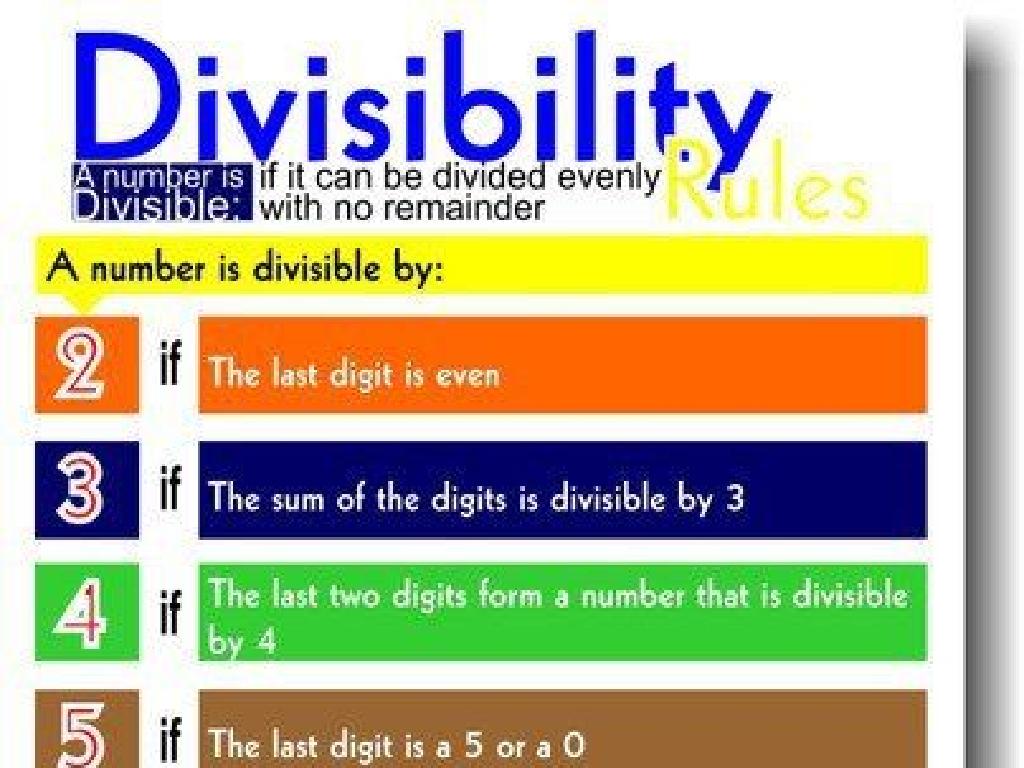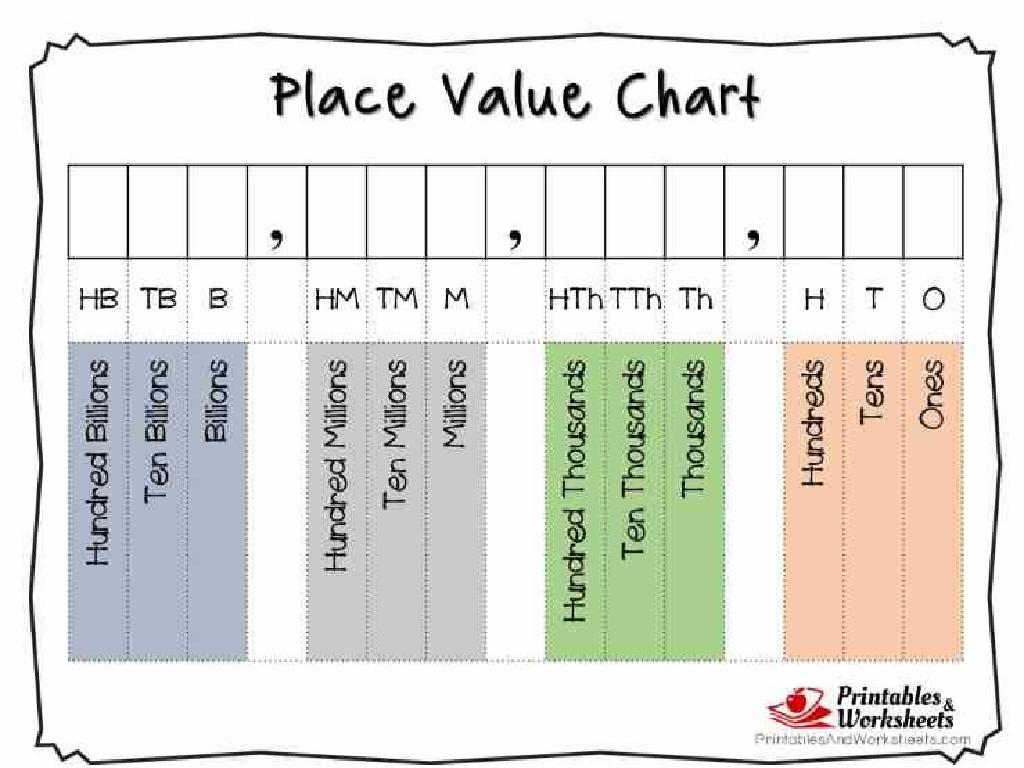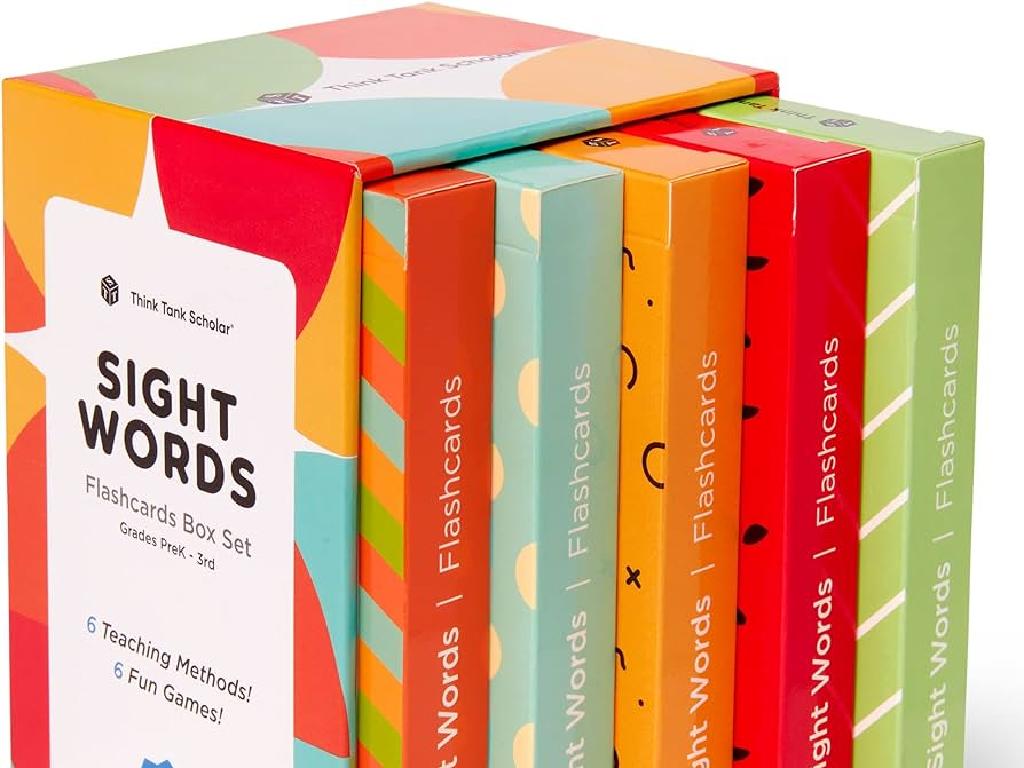Identify The Verb Mood
Subject: Language arts
Grade: Seventh grade
Topic: Verb Tense And Mood
Please LOG IN to download the presentation. Access is available to registered users only.
View More Content
Exploring Verb Moods
– Verbs: Core of sentence structure
– Today’s goal: Identify verb moods
– Understanding verb mood
– Mood reflects a verb’s attitude: indicative, imperative, subjunctive, etc.
– Significance of mood in verbs
– Mood alters meaning, showing possibility, demands, or hypotheticals
|
This slide introduces the concept of verb mood, which is essential for understanding how verbs can express different kinds of actions or states of being. Verb mood is the way in which a verb expresses a certain condition or intent. It’s important for students to recognize that the mood of a verb can change the meaning of a sentence by conveying different levels of certainty, commands, or hypothetical situations. Examples of different moods include the factual indicative mood, the commanding imperative mood, and the hypothetical subjunctive mood. Encourage students to look for context clues in sentences to identify the mood of the verbs used. Provide examples and exercises to practice distinguishing between moods.
Exploring Verb Moods
– Defining Verb Mood
– Verb mood reflects how the action is conveyed by the speaker.
– Verb expresses attitude
– Five Verb Moods
– Indicative: states facts, Imperative: gives commands, Interrogative: asks questions, Conditional: shows possibilities, Subjunctive: wishes or hypotheticals.
– Examples of each mood
– ‘He runs’ (Indicative), ‘Run!’ (Imperative), ‘Does he run?’ (Interrogative), ‘If I were you, I’d run’ (Subjunctive), ‘If he runs, he will catch the bus’ (Conditional).
|
Verb mood is a feature of verbs that allows the speaker to express their attitude towards the action or state of the verb. It’s important for students to recognize the five types of verb moods and understand how they change the meaning of a sentence. The indicative mood is used for stating facts or asking questions; the imperative mood is for commands; the interrogative mood is for questions; the conditional mood expresses possibilities or conditions; and the subjunctive mood is used for wishes, suggestions, or conditions contrary to fact. Provide examples for each to illustrate their use in context. Encourage students to create their own sentences using different verb moods to enhance their grasp of the concept.
Exploring Verb Moods: Indicative
– Indicative mood states facts
– Used for stating real situations
– It also asks questions
– For inquiring or questioning
– ‘She walks to school.’
– An example of a factual statement
– ‘Do you like pizza?’
– An example of asking a preference
|
The indicative mood is used for stating actual situations or asking direct questions. It’s the most common verb mood in English. When teaching, provide clear examples of the indicative mood, such as ‘She walks to school.’ for a statement of fact, and ‘Do you like pizza?’ for a question. Emphasize that most sentences they encounter daily are in the indicative mood. Encourage students to create their own sentences in the indicative mood to enhance their understanding.
Understanding Imperative Mood
– Imperative mood for commands
– Used to give orders or directions like ‘Stop!’ or ‘Listen carefully.’
– Making polite requests
– Phrases like ‘Please pass the salt’ show polite requests.
– Examples of imperative sentences
– ‘Please close the door.’ ‘Sit down.’ are direct commands.
– Recognizing the implied subject
– The subject ‘you’ is often not stated but understood.
|
The imperative mood is used for giving direct commands or making requests. In this mood, the subject is usually the person being spoken to and is often omitted from the sentence, implied to be ‘you.’ For example, in the command ‘Sit down,’ the subject ‘you’ is understood. It’s important for students to recognize both the form and function of the imperative mood. Have students practice by writing their own examples of commands and requests, and identifying the implied subject. Discuss how tone can affect the interpretation of imperative sentences, especially in written communication.
Exploring Interrogative Mood
– Interrogative mood asks questions
– Examples of interrogative sentences
– ‘Are you going to the party?’ ‘What time is it?’
– Begins with helping verbs or ‘wh’ words
– ‘Do’, ‘does’, ‘is’, ‘are’, or ‘wh’ words like ‘who’, ‘what’, ‘where’
– Usage in daily conversations
– Practice by asking questions about classmates’ hobbies or favorite books
|
The interrogative mood is used for asking questions, a fundamental part of daily communication. This slide introduces the concept with clear examples. Highlight how these questions often start with helping verbs such as ‘do’, ‘does’, ‘is’, ‘are’, or ‘wh’ question words like ‘who’, ‘what’, ‘where’, etc. Encourage students to think of their own examples and understand how the structure of a sentence changes when forming a question. In the next class, students can practice by forming questions about their peers’ interests, which will help reinforce their understanding of the interrogative mood.
Understanding the Conditional Mood
– Explains hypothetical situations
– ‘If I were a bird, I’d fly high.’
– Uses ‘would’, ‘could’, ‘should’
– ‘I could travel the world if I won the lottery.’
– Formed with ‘if’ or similar terms
– ‘Should you need help, don’t hesitate to ask.’
– Expresses wishes or possibilities
|
The conditional mood is used for actions that are not guaranteed to occur, often dependent on a certain condition being met. It’s a way to explore what could happen if things were different. When teaching this mood, emphasize the use of ‘would’, ‘could’, and ‘should’ to indicate that these are not definite outcomes. Provide examples that students can relate to, and encourage them to create their own sentences to practice. Discuss how the conditional mood can express wishes, recommendations, or hypothetical scenarios. This will help students understand the nuances of verb moods and their usage in different contexts.
Exploring the Subjunctive Mood
– Subjunctive expresses wishes or suggestions
– ‘I suggest that he study harder.’
– Used for conditions contrary to fact
– ‘If I were king, I’d ensure peace.’
– Often follows ‘that’ or ‘wish’
– ‘I wish I were a bird.’ shows a desire, not reality.
– Employs the verb’s base form
– ‘It’s crucial that she be informed.’ uses ‘be’ not ‘is’.
|
The subjunctive mood is a way to express hypothetical situations, wishes, demands, or suggestions. It’s important for students to recognize that the subjunctive mood is not about what is happening, but what we wish or imagine could happen. It often uses the base form of the verb, even for ‘to be,’ which becomes ‘were’ for all subjects. Highlight how it’s commonly used after ‘that’ or ‘wish’ to introduce the hypothetical or desired action. Provide practice sentences for students to identify and construct their own subjunctive mood sentences.
Identifying Verb Mood
– Understanding verb mood
– Verb mood reflects the speaker’s attitude: command, question, condition, fact, or wish.
– Key indicators of mood
– Commands use imperative mood; questions use interrogative; conditions use conditional; facts use indicative; wishes use subjunctive.
– Practice sentence conversion
– Convert ‘Sit down.’ (command) to ‘Could you sit down?’ (question) to see mood change.
– Recognizing mood in writing
|
This slide introduces students to the concept of verb mood, which is essential for expressing different attitudes in writing. Begin by explaining that verb mood allows us to show whether we are stating a fact, asking a question, giving a command, talking about a condition, or expressing a wish. Provide examples for each mood and discuss the key indicators that help identify them. Engage students with an activity where they convert sentences from one mood to another to reinforce their understanding. This exercise will help them recognize the mood in various writing styles and improve their own writing skills.
Class Activity: Mood Detectives
– Team up with a partner
– Analyze verbs in sentences
– Determine if the verb expresses a fact, command, question, condition, or wish
– Create sentences with different moods
– Each pair crafts original sentences showcasing indicative, imperative, interrogative, conditional, and subjunctive moods
– Share your findings with the class
|
This interactive class activity is designed to help students work collaboratively to explore verb moods. Students will pair up and act as ‘mood detectives’ to examine various sentences and identify the mood of the verbs used. They will then create their own sentences that exemplify each of the five verb moods: indicative, imperative, interrogative, conditional, and subjunctive. After crafting their sentences, each pair will have the opportunity to share their examples with the class, allowing for a group discussion and reinforcement of the concepts. As a teacher, facilitate the activity by providing sentence examples for analysis and ensure that each pair understands the verb moods before they begin creating their sentences. Offer guidance and support as needed during the activity.
Conclusion: The Power of Verb Moods
– Recap of verb moods learned
– Importance of verb moods in writing
– Homework: Craft a short story
– Write a story using different verb moods
– Underline and identify verb moods
– Highlight verbs, label indicative, imperative, etc.
|
As we wrap up our lesson on verb moods, it’s crucial for students to understand how different moods can change the tone and clarity of writing. For homework, students will apply this knowledge by writing a short story. They should focus on using a variety of verb moods to convey different aspects of their story effectively. This exercise will help reinforce their understanding of the material covered in class. Encourage creativity and remind them to underline each verb and label its mood, such as indicative, imperative, subjunctive, conditional, or interrogative. This will not only enhance their writing skills but also their ability to analyze and understand the mood in other texts.






